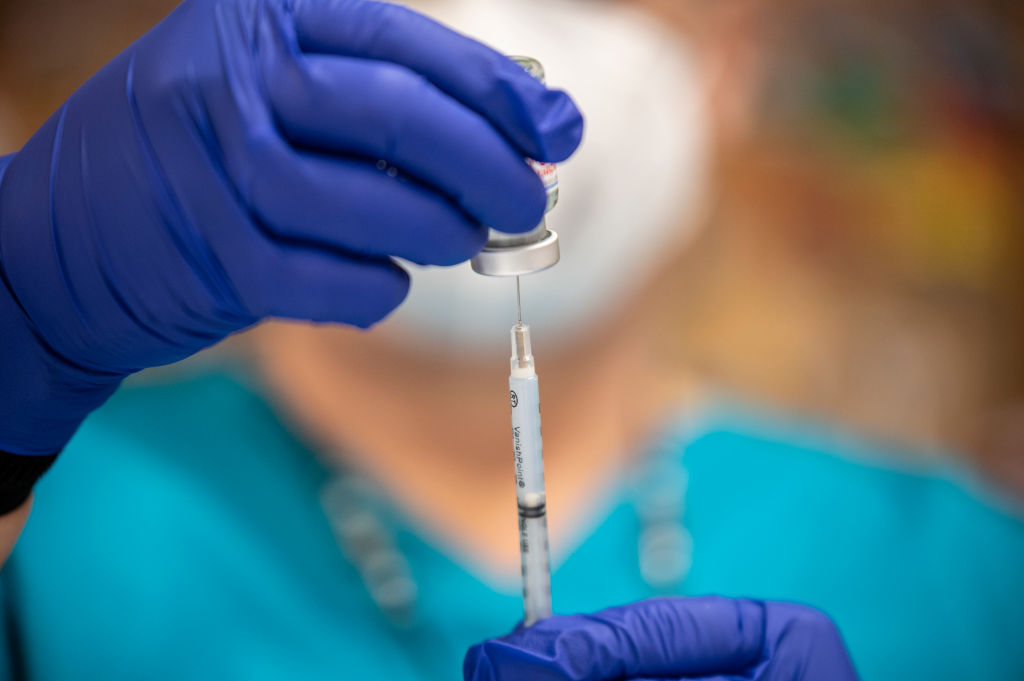
It’s the last news anyone wants to hear: one year after the United States was slammed with its first wave of COVID-19—which was followed by even worse second and third waves—public health experts are worried that the country is headed for a fourth major spike. During a White House coronavirus briefing on Monday, Rochelle Walensky, the new director of the U.S. Centers for Disease Control and Prevention, begged Americans to keep following public health guidelines amid small but alarming upticks in cases, hospitalizations and deaths. “Right now, I’m scared,” she said.
Other scientists tracking the spread of COVID-19 in the U.S. agree that there’s plenty to be worried about. Cases are rising in the Northeast, Midwest and elsewhere. At the same time, many governors are relaxing measures intended to limit the spread of the virus, such as mask mandates and caps on restaurant capacity. Furthermore, as vaccinations continue across the country, some people are getting more cavalier about mask wearing and social distancing, even though most Americans still haven’t been inoculated. We’re also in the middle of Passover and approaching Easter, and celebratory gatherings could result in further spread.
However, even if we’re in the early days of a fourth wave, there’s good reason to think this one might be less disastrous than the previous three. Dr. Mark Roberts, director of the University of Pittsburgh’s Public Health Dynamics lab, points to the relatively small uptick in deaths as a sign that prioritizing high-risk people for vaccination may be resulting in fewer fatalities even as cases increase (though deaths are a lagging indicator, so it may be too early to tell if this is truly the case). He adds that immunity from exposure among people who previously contracted the virus is likely working in conjunction with mass vaccination to limit viral spread. Of course, if there’s another wave, many people may get sick or worse regardless, and even a minor case of COVID-19 can result in long-lasting complications.
It’s still too soon to tell whether what we’re seeing in the data will end up being a blip or a bomb, says Justin Lessler, an associate professor of epidemiology at the Johns Hopkins Bloomberg School of Public Health. As Lessler points out, the U.S. is in a race to vaccinate huge numbers of people as quickly as possible before more contagious or deadly variants of the virus proliferate, and as states roll back mitigation measures. Unvaccinated people may be at particularly high risk over the coming weeks, especially as vaccinated people begin to resume more normal lives, increasing everyone’s temptation to throw caution to the wind regardless of their inoculation status.
“This is leading to huge uncertainty in how things are going to unfold in the coming weeks and months,” Lessler says. “I would be surprised if we don’t see at least one state with a significant resurgence, though I doubt it will happen everywhere.”
What does all this mean for you and me? A fourth surge in cases may be imminent, but the toll of this spike could be blunted by mass vaccination—especially as states across the country continue opening vaccine eligibility to broad swaths of the population. Either way, the public health guidance remains the same. “If individuals and communities continue to exercise caution, we can prevent a major surge,” says Lauren Ancel Meyers, director of the University of Texas at Austin’s COVID-19 Modeling Consortium. “This means wearing face masks, taking sensible precautions—particularly around unvaccinated people—and isolating if we have symptoms or believe we may have been exposed to the virus.” While no one person can stop COVID-19 from surging again, you can still take steps to protect yourself and the people around you.
This story originally appeared in The Coronavirus Brief, TIME’s daily COVID-19 newsletter. You can sign up here.
More Must-Reads From TIME
- The 100 Most Influential People of 2024
- The Revolution of Yulia Navalnaya
- 6 Compliments That Land Every Time
- What's the Deal With the Bitcoin Halving?
- If You're Dating Right Now , You're Brave: Column
- The AI That Could Heal a Divided Internet
- Fallout Is a Brilliant Model for the Future of Video Game Adaptations
- Want Weekly Recs on What to Watch, Read, and More? Sign Up for Worth Your Time
Contact us at letters@time.com